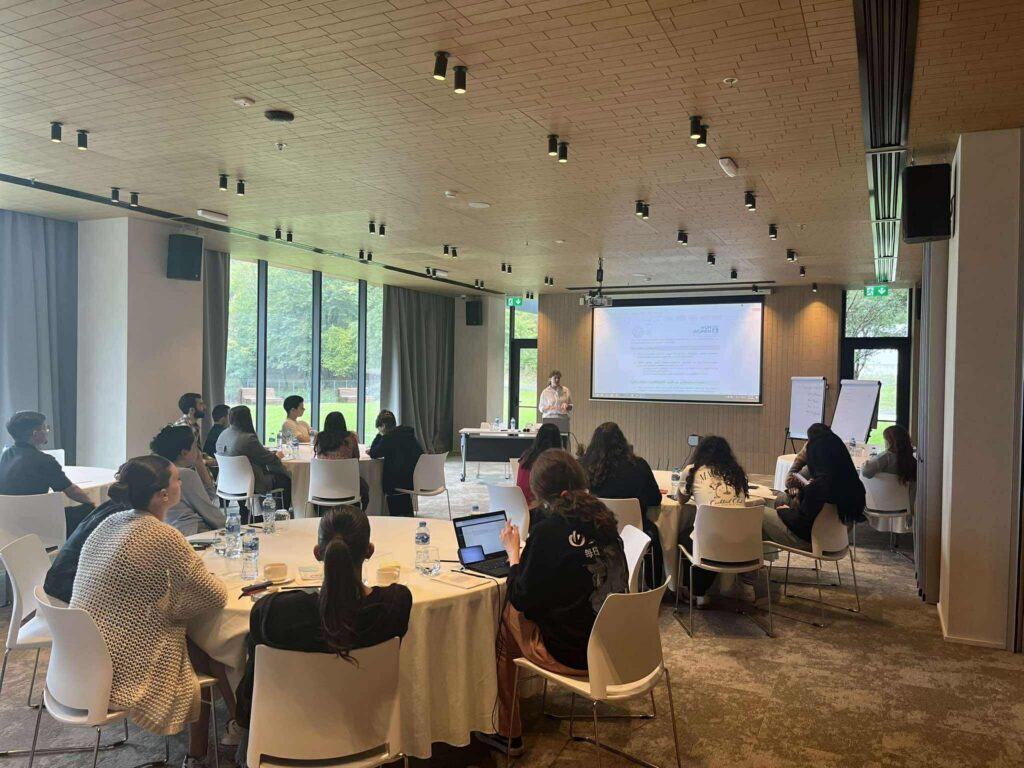According to CB 2013, more than half of the elderly in Armenia and Azerbaijan, and two thirds in Georgia are women, which can be explained by the shorter life expectancy for males. In Azerbaijan and Georgia, more old people live in rural areas than in Armenia, and more than 40% of them in Azerbaijan and Georgia are widowed, compared with 34% in Armenia. Sixteen percent of the elderly in Georgia live alone, compared with 12% in Armenia and 7% in Azerbaijan. It is probably, in part, due to this last finding that elderly household income in Azerbaijan is higher than in other countries – the last month’s household income for more than 70% of Georgian and Armenian elderly was USD 250 or lower, while in Azerbaijan 70% had more than USD 250. Salaries were named as a source of household income by the Azerbaijani elderly more often than in Armenia and Georgia, likely because they are less likely to live alone.
Note: The chart only shows the percentage of “Yes” responses for the five most frequently named sources of income.
When asked to rate their households’ economic situation on a ten-point scale, the majority of the elderly in all three countries named middle and low positions – codes “5” or lower. The elderly in Armenia assessed their households’ economic situation worse than in Azerbaijan and Georgia. In Armenia 52% of the elderly state that money is not enough for food while, 26% and 39% in Azerbaijan and Georgia report the same.
The poor economic situation of the elderly is further demonstrated by their need to borrow money for regular expenses. The elderly in all three countries report borrowing money for food, although, Georgians and Azerbaijanis do so less frequently than Armenians. Nearly a third of the elderly in Armenia say they borrow money for food at least monthly, while only 15% in Azerbaijan and Georgia say the same. The elderly in all three countries are less likely to borrow money to pay for utilities than to buy food.
Besides borrowing money for food and utilities, the elderly report limiting their consumption of certain products. Although such limitations are characteristic of all age groups, the elderly are more likely to do so compared to the rest of the population. Most elderly people state that they limit their consumption of meat and fish. Nearly half of Armenia’s elderly say they also limit consumption of butter and milk, while only 21% of Azerbaijanis and 31% of Georgians report the same. Armenians are also much more likely to limit consumption of fish, fruits and vegetables.
Thus, the economic condition of the elderly in the South Caucasus countries is unsatisfactory. Most of the elderly, especially in Armenia, state that their income is not enough for food and utilities. Consequently, they have to borrow money and limit consumption of certain products. This can be considered a cause for concern, especially as the share of the elderly population will increase in the upcoming decades, and the state will face further economic challenges without having worked out those of today.








